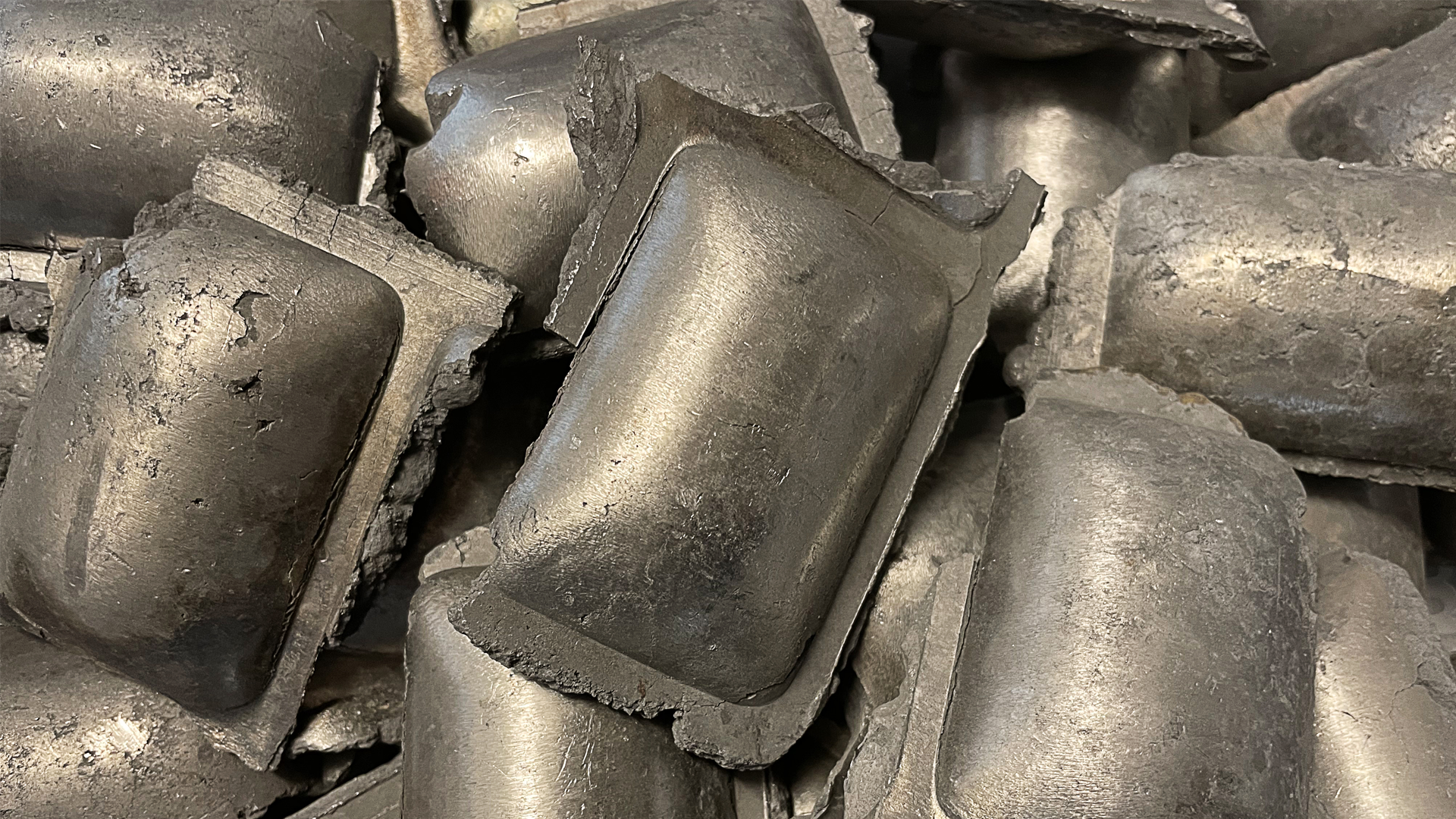UNECE Regulation 55 – what does it say?
In the truck industry, UNECE R55 must be complied with to receive type approval; the regulation stipulates requirements for coupling devices. Below you will find information about when the regulation came into force (and the changes made since then), and what is covered by the regulation.
Coupling device requirements
R55, as the regulation is also called, stipulates the requirements a coupling device must meet to obtain type approval, along with requirements for coupling devices in a vehicle combination.
The regulation covers requirements for the following:
- Products for motor vehicles and trailers intended to form a combination of vehicles.
- Products that comply with the regulation’s standard regarding compatibility requirements, defined dimensions and characteristics.
- Products that do not comply with the regulation’s standard regarding compatibility requirements, defined dimensions and characteristics.
Examples of products that must be type-approved for use on public roads include passenger vehicle tow bars/tow hooks, ball coupling plugs, coupling pins/kingpins, fifth-wheels, drawbeams, yoke couplings, drawbars and drawbar eyes.
When was the regulation established?
The first version of Regulation R55 entered into force on 1 March 1983.
Over time, new requirements for coupling equipment have become necessary owing to, for example, higher combination weights and different combinations of articulated vehicles. Since 1 March 1983, the regulation has undergone many stages of development in order to keep up with technological developments in the transport sector and, at the same time, meet the strict road safety requirements for these products.
What has happened since?
We are seeing more vehicle combinations on the roads where the towing vehicle is a trailer or semi-trailer. So it is not only trucks that are equipped with coupling devices.
With Supplement 5 for Series 01, which came into force on 8 October 2016, some changes were introduced in the regulation, for example:
- It is now possible for a remotely operated automatic coupling, for which indication of a double locked coupling is a requirement, to have an indication system for this placed on the side of the vehicle instead of only in the cab, as was the case before.
In the new generation of coupling products from VBG, this function is available as an optional extra when the coupling is mounted to a trailer or semi-trailer, for example, which means it is possible to choose an automatic coupling with remote control for these applications as well.
Additional examples of changes introduced at the same time include:
For certain types of coupling products that do not comply with the Regulation’s standard regarding compatibility requirements, defined dimensions and characteristics, the product must now comply with the requirements of any existing national standard. The 57mm coupling product series from VBG meets the requirements of the Swedish standards SS 550000-1:2017, SS 550000-2:2017, SS 550100-1:2017 or SS 550100-2:2017.
- A new class introduced in the regulation, Class W, which defines a fully automatic coupling. A fully automatic coupling must have an automatic mechanical connection and integrated automatic electric and air connections.
VBG Truck Equipment’s product VBG MFC is an example of a fully automatic coupling.
What’s new since 2018?
With Supplement 7 for Series 01, which came into force on 10 February 2018, some changes were introduced in the regulation, for example:
- The regulation was amended to include more vehicle combinations in order to assess performance requirements (D, Dc, V and S values) on mounted coupling products in vehicle combinations. In addition to the product being type-approved, the type of coupling product that may be used for a coupled combination depends on its coupling performance. Calculating the necessary coupling performance depends on how many coupling points the vehicle combination has, the total weight of the vehicle combination and how the weight is distributed, and, in some cases, the type of suspension as well as the length of the drawbar. An easy way to assess whether your products meet the performance requirements before you head out on the road is to use VBG’s calculator. The calculator performs the calculation in accordance with UNECE R55.
- The regulation was expanded to include the possibility of using Performance Extension/Compensation calculations, or Trade-off, as the calculations are also called. This is something that may need to be applied to heavier vehicle combinations. An easy way to assess whether your products need or can utilise Trade-off to meet performance requirements before you head out on the road is to use VBG’s calculator, which you will find on our website. The calculator performs the calculation in accordance with UNECE R55.

Recommended reading

Efficiency, Safety, and Sustainable Transport – Top 5 Articles and Insights of 2024

Transport Industry 2024: Great Progress Towards a Sustainable Future

